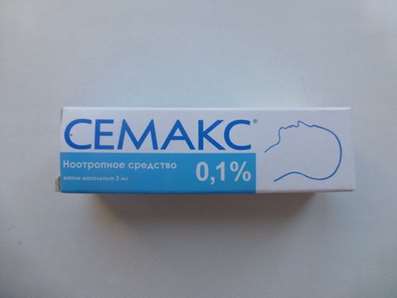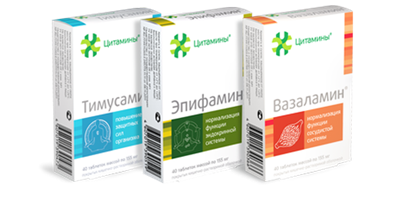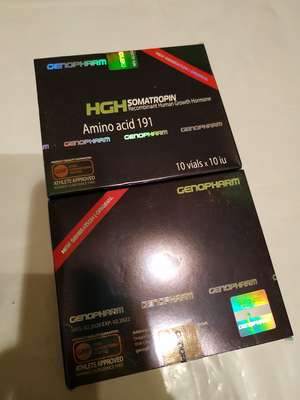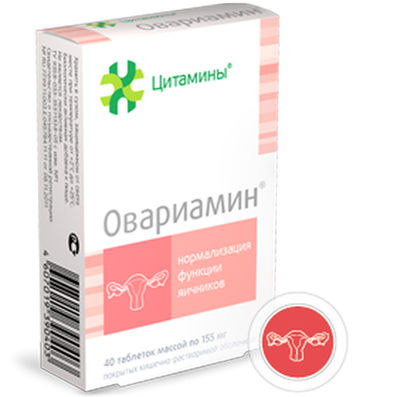Instruction for use: Indobufen
I want this, give me price
Trade name of the drug: Ibustrin
Russian name
Indobufen
The Latin name of the substance Indobufen
Indobuphenum (genus. Indobupheni)
Chemical name
(±) -4- (1,3-Dihydro-1-oxo-2H-isoindol-2-yl) -alpha- ethylbenzeneacetic acid
Gross formula
C18H17NO3
Pharmacological group of substance Indobufen
Antiaggregants
The nosological classification (ICD-10)
I25 Chronic ischemic heart disease: Coronary heart disease on the background of hypercholesterolemia; Coronary heart disease is a chronic; Coronary heart disease; Stable coronary artery disease; Percutaneous transluminal angioplasty; Myocardial ischemia, arteriosclerosis; Recurrent myocardial ischemia
I67.9 Cerebrovascular disease, unspecified: lacunarity status; Angioneyropatiya; Arterial angiopathy; brain hypoxia; Encephalopathy; cerebral vascular disease and age-related; Coma in violation of cerebral circulation; Metabolic and cerebrovascular disorders; Violation of the blood supply to the brain; Cerebrovascular accidents; Violation of brain functions; Violation of the functions of the cerebral cortex; Violation of cerebral circulation; Cerebrovascular insufficiency; Acute cerebrovascular insufficiency; Acute ischemic attack; The defeat of the brain vessels; The progression of destructive changes in the brain; Disorders of cerebral circulation; The syndrome of cerebral insufficiency; Cerebral vascular insufficiency; Vascular encephalopathy; Vascular diseases of the brain; Vascular brain disorders; Vascular lesions of the brain; Functional brain disorders; Chronic cerebral ischemia; Chronic heart failure; Chronic cerebrovascular insufficiency; Chronic cerebrovascular insufficiency; Chronic violation of the blood supply to the brain; Cerebral insufficiency; Cerebral organic failure; encephalasthenia; cerebroasthenic syndrome; Cerebrovascular disease; Cerebrovascular pathology; cerebrovascular disease; cerebrovascular disorders; cerebrovascular disorders; Encephalopathy discirculatory
I70 Atherosclerosis: Atherosclerosis; Atherosclerosis of peripheral vessels; Atherosclerotic changes; Atherosclerotic vascular changes; Atherosclerotic disorders; spontaneous; Trombangioz obliterans; Frinlendera disease
I79.2 Peripheral angiopathy in diseases classified elsewhere: diabetic angiopathy; Angiopathy in diabetes; arteriosclerosis diabetic; Pain in lesions of peripheral nerves; Diabetic angiopathy; Diabetic microangiopathy; Diabetic vascular disease; Intermittent angioneurotic disbaziya; Macroangiopathy in diabetes; microangiopathy; Microangiopathy in diabetes mellitus; Tingling sensations in the hands and feet; Coldness in the extremities; Peripheral angiopathy; Peripheral arterial disease; Sclerosis Menkeberga; Chronic obliterating diseases of arteries
I82 Embolism and thrombosis of other veins: Recurrent venous thrombosis; Postoperative thrombosis; Venous thrombosis; Acute venous thromboembolism; Recurrent vein thrombosis; Venous thrombosis; Thrombosis of veins of internal organs; Venous thrombosis; Deep vein thrombosis; Thrombosis of blood vessels; Vascular thrombosis; Thrombosis of veins; Deep vein thrombosis; Thromboembolic diseases; Thromboembolism of veins; Severe venous thrombosis; Embolism; Embolism of veins; Thromboembolic complications
CAS Code
63610-08-2
Pharmacology
Mode of action - Anti-inflammatory, antiaggregational, analgesic.
The effects are due to the blockade of cyclooxygenase and thromboxane synthetase, which leads to a decrease in the concentration of thromboxane A-2, a potent inducer of platelet aggregation, and a relative increase in this background of the concentration of PGI2 (prostacyclin); The latter, activating adenylyl cyclase in platelets, reduces the content of intracellular calcium and suppresses the ability of platelets to adhere and aggregate. The mechanisms of other types of activity are similar to those of NSAIDs: a decrease in the concentration of PG in the inflammatory focus, suppression of the exudative and proliferative phases of inflammation, a decrease in the concentration of endogenous algogens and a decrease in the sensitivity of pain receptors to them. After oral administration, it is quickly and completely absorbed. Cmax in the blood is reached after 2 hours. Plasma binds up to 99% with plasma proteins. Biotransformiruetsya in the liver with the formation of inactive metabolites. T1 / 2 is 8 hours 75% excreted by the kidneys both in the form of metabolites and in active form. It works after a single injection for 12 hours.
Application of the substance Indobufen
Prophylaxis of thrombosis (IHD, cerebrovascular insufficiency, atherosclerosis of peripheral and cerebral vessels, thrombophlebitis, deep vein thrombosis, angiopathy against diabetes mellitus, lipid metabolism disorders, hemodialysis).
Contraindications
Hypersensitivity, allergic reactions in history, peptic ulcer of stomach and duodenum, ulcerative colitis, increased bleeding, hemophilia, bronchial asthma, emphysema, heart failure, serious impairment of liver and kidney function.
Restrictions
Pregnancy, breast-feeding (at the time of treatment, stop breastfeeding), children's age.
Side effects of substance Indobufen
Gastropathy (dyspeptic phenomena, erosion and gastrointestinal ulcers, gastrointestinal bleeding), bronchospasm, swelling, increased bleeding gums, hemorrhoids, varicose veins of the esophagus, urinary tract, impaired liver and kidney function, allergic reactions.
Interaction
Enhances the effects of anticoagulants and fibrinolytics. Antacids and colestyramine reduce absorption.
Routes of administration
Inside
Precautions for Indobufen
Use with caution in cases of gastrointestinal disease in history, diabetes mellitus (more often to examine blood for sugar), while using other antiplatelet agents or NSAID.

 Cart
Cart





